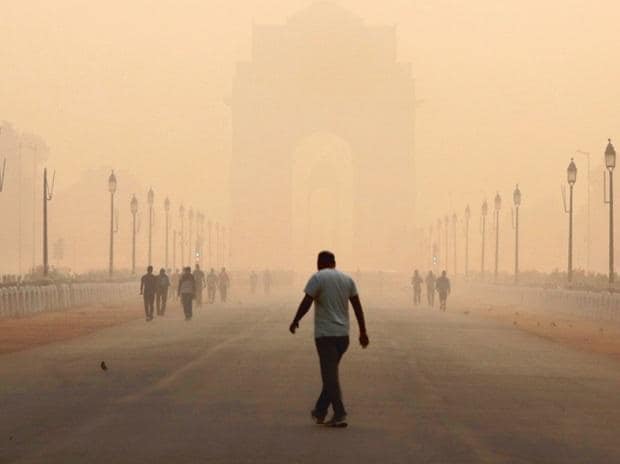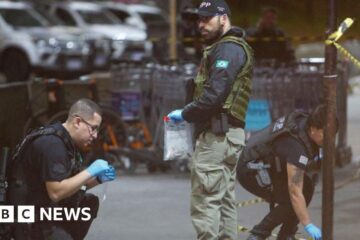The Commission of Air Quality Management (CAQM) announced on Wednesday that Delhi-NCR would be immediately placed under the stage 1 “poor” measures of the Graded Response Action Plan (GRAP). The order came after a bulletin from Central Pollution Board Control (CPBC) revised the Air Quality Index for Delhi-NCR to 211 or “poor” (201 to 300 AQI). This announcement is the first instance that the revised GRAP measures will be enforced this year.
What is the GRAP?
The GRAP is a step-by-step plan to counter Delhi-NCR’s deteriorating air quality. It was formulated by the Environmental Pollution Prevention and Control Authority (EPCA) jointly with the Delhi government in 2017. However, it is an emergency response mechanism and is only enforced when air pollution reaches a certain threshold. Moreover, the plan is incremental and adaptable, which means the preventive measures will be updated and escalated according to changes in the AQI.
What are these measures?
The GRAP measures are categorised by stages.
Moderate to poor
The GRAP classifies the presence of particulate matter PM2.5 at 61-120 µg/cu.m. or PM10 at 101-350 µg/cu.m. under “moderate to poor” air quality. When enforced, this category of GRAP measures includes heavy fines on garbage burning, closure of brick kilns or strict enforcement of pollution control regulations in such kilns, mechanised sweeping and water sprinkling on roads with heavy traffic, and a strict ban on firecrackers.
Very poor
If the concentration for particulate matter reaches 121-250 µg/cu. m. for PM2.5 or 351-430 µg/cu.m. for PM10, the GAPR classification is raised to “very poor”. Under this classification, the use of diesel generator sets is prohibited, parking fees are quadrupled, bus and metro services are increased, people are discouraged from burning fires, and the government provides electric heaters. People with respiratory and cardiac conditions are advised to restrict their outdoor movement.
Severe
GRAP measures for “severe” air pollution are enforced when PM2.5 levels cross 250 µg/cu.m. or PM10 crosses 430 µg/cu.m. In such a situation, brick kilns, hot mix plants, and stone crushers are closed. Power generation from natural gas is amped up. People are encouraged to use public transport, with differential rates, and the mechanised cleaning and sprinkling of water on roads are carried out more frequently.
Severe-plus or emergency
When PM2.5 concentrations shoot over 300 µg/cubic meter or PM10 levels are above 500 µg/cu. m. for more than 48 hours, GRAP measures for the “severe+ or emergency” classification will be enforced. Heavy vehicles like trucks are stopped from entering Delhi (except if they carry essential commodities). Construction work is suspended. People are mandated to follow the odd/even scheme for private vehicles, even as the government sets up a task force to decide on any additional steps, including shutting down schools, colleges, etc.
Who are the major stakeholders?
The GRAP requires action and coordination among 13 different agencies from Delhi, Uttar Pradesh, Haryana, and Rajasthan, including the respective state governments, state pollution control boards, traffic police, Central Public Works Department, and Petroleum and Explosives Safety Organisations (PESOs) from each state. Each of these stakeholders is also responsible for overseeing the separate measures in each stage. For instance, CPWD engineers oversee the mechanical sweeping and watering of roads. At the same time, PESOs enforce bans on firecrackers, and municipal bodies from each state and UT oversee the restrictions on the movement of heavy vehicles across state borders.
Note:- (Not all news on the site expresses the point of view of the site, but we transmit this news automatically and translate it through programmatic technology on the site and not from a human editor. The content is auto-generated from a syndicated feed.))




payday loan
It’s really a nice and helpful piece of info. I’m satisfied that you just shared this helpful information with us.
Please stay us up to date like this. Thank you for sharing.